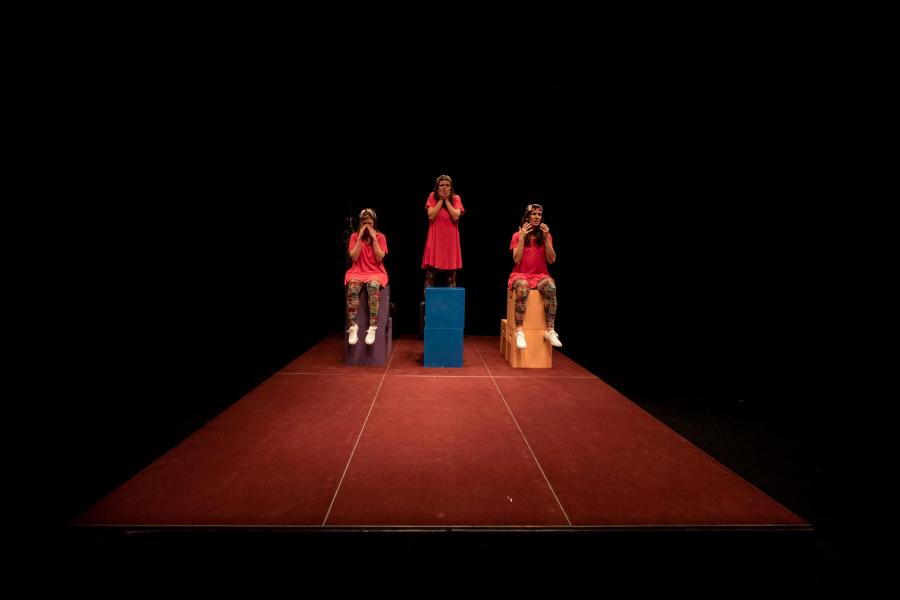The project, held in conjunction with February’s Disability Studies Symposium and funded by the Jefferson Trust, started with a simple question: What is Deaf opera?
“As a starting place, Deaf opera is opera,” music professor Brenda Patterson said.
Patterson, a founding member of Victory Hall Opera, said she viewed the project as something that was always meant to come to fruition. For Patterson as well as members of the mixed Deaf and hearing creative team, Deaf actors telling a traditionally sung story makes sense.
For many artists, opera is about much more than just music.
“In opera, we think so much about the voice and about the sound, but there’s actually something deeper that’s both beyond and underneath sound,” said Patterson.
“Breaking the Sound Barrier” was a small-scale opportunity to explore this concept in practice. Six of America’s foremost Deaf and hearing performers came together to perform scenes from Francis Poulenc’s opera, “Dialogues of the Carmelites,” alongside members of the University Singers in this new and groundbreaking approach to opera.
The performance, which took place in Old Cabell Hall, was attended by more than 300 people from the University and Charlottesville communities.








